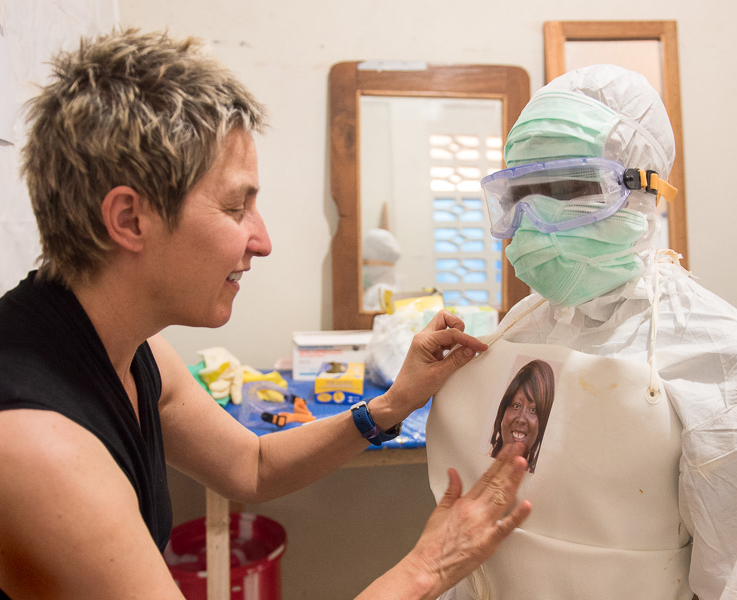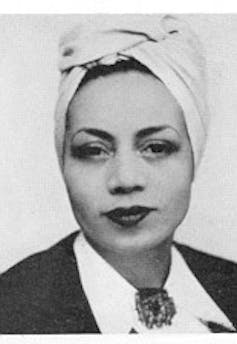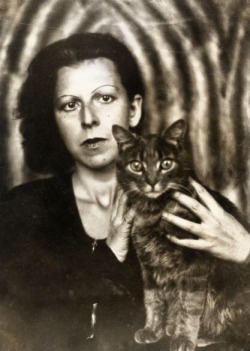
https://www.bbc.co.uk/news/world-africa-52487213
David Moinina Sengeh is the Education Minister for Sierra Leone. He was preparing food in the kitchen for his daughter Peynina, when he was called to a zoom meeting. He tied Peynina on his back so that he could carry on taking part in the meeting. He tweeted a photo asking other leaders to share how they are working at home, saying, "As minister I started my last call feeding my 10 month old then carried her on my back for the rest of the call."
Later Dr Sengeh said the photo "forces men to think about themselves. It shows them it is possible to take care of their child."
"I have friends who have never ever changed a diaper, and they have several children, and they don't even understand how that is possible."
Women's rights campaigner Nemata Majeks-Walker said, "He is a role model to other men in Sierra Leone and Africa. he is somebody who does not believe that it is only a woman who should take care of her children.
what do you see in the picture?
where is it taken?
why do you think the picture has gone viral?
explain the story -
- if the picture showed a woman carrying her baby on her back, do you think it wold have gone viral?
- why did this picture make the news?
- David says, "I have friends who have never ever changed a diaper" why not?
- what is gender equality?
- why do you think some people still say women should look after children?
- what would David Moinina Sengeh say about that?
- why is David Moinina Sengeh being called a role model for other men?
- In 2020, who can look after children in a family? Men, women or both? Who looks after you in your family?
- what can we learn from Dr Moinina Sengeh?
- this picture has gone viral so what does that show about what most people around the world think about gender equality and men looking after children?
- why is this about No Outsiders?
No Outsiders in our school: everyone different, everyone equal by Andrew Moffat
www.no-outsiders.com




/arc-anglerfish-arc2-prod-mco.s3.amazonaws.com/public/R5R3M3LLMVCOHFOOCVEGROCZZE.jpg)